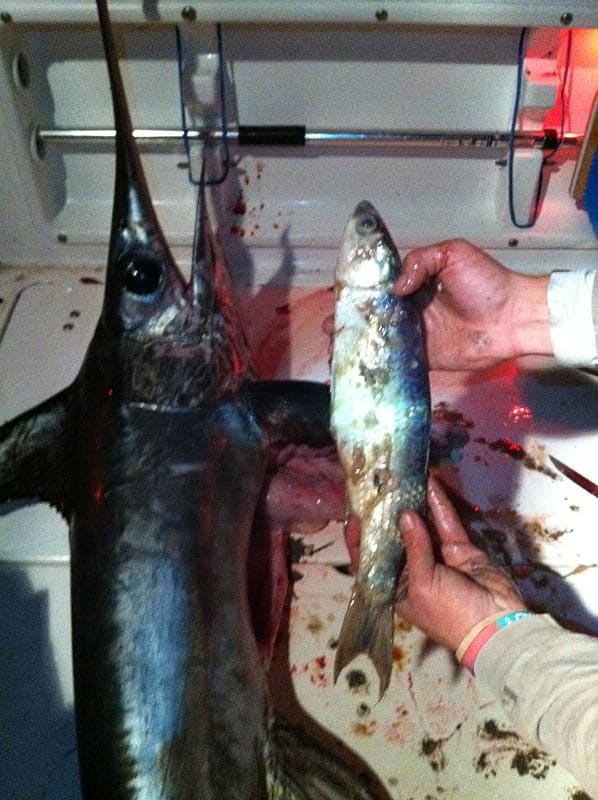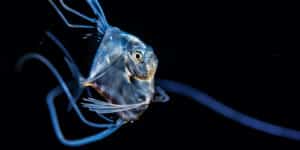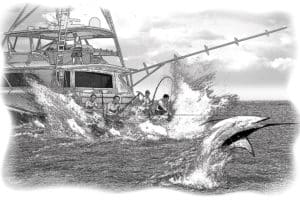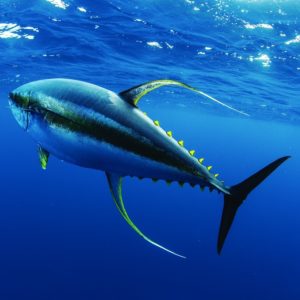
Mullet found in swordfish
The email came to my husband in early April on his BlackBerry. “Hmm,” was his initial reaction.
“Good morning, Spud, I know you know a lot about mullet…” read the note from Savannah’s Capt. Judy Helmey (missjudycharters.com). “This is a mullet that was taken from a swordfish’s belly, which was caught in about 1,300 feet of water. Do mullet migrate offshore?”
Helmey attached the picture shown with this blog. She queried my husband, Spud Woodward, because he’s the director for the Coastal Resources Division for Georgia’s Department of Natural Resources. So he’s a marine biologist and fisheries manager.
Brendin Page caught the sword aboard the X-TA-SEA on Dec. 29, 2011, while on an overnight trip about 100 miles off Savannah. He was fishing with Capt. Chris Page and Kent Phillips, who billed the fish and sent the image to Helmey.
“We cut the swordfish’s stomach open to see what he had eaten and sure enough the mullet was in there. We couldn’t believe it,” Phillips said.
“It blew our minds because it was freshly eaten, as you can see,” Helmey told me. Some who have seen the picture have suggested to Helmey that other anglers fishing offshore that night might have used the mullet as chum and the swordy simply found it in the depths. But very few Georgia anglers fish as far offshore as the X-TA-SEA crew, nor would most chum with whole mullet.
An alternate explanation — that the swordfish ate a live mullet well offshore – is certainly not baseless, and in fact, might be the real story. As we know, truth often trumps fiction.
“Large schools of mature striped mullet make an annual spawning migration to the edge of the continental shelf in the South Atlantic during the period from October to April with most of the spawning occurring between December and February,” my husband wrote back to Helmey. “Apparently, this sword found one of these spawning schools and took advantage of the opportunity. The larvae produced from the spawning aggregations find their way back to our estuaries, where they grow to maturity before repeating the cycle. Females are mature at three years of age (12 to 16 inches) and males mature at two years of age (around 10 inches).
“We often use shad, sturgeon, American eel and other migratory species to illustrate the relationship between our rivers and the ocean, but I think the striped mullet is really the poster child for the linkage between those areas. For example, an adult striped mullet will travel up the Altamaha River into the Oconee River and graze on the algae that grow on sandbars during the summer. Six months later, that same fish will be 70 miles offshore as part of a spawning aggregation. So, it takes nutrients from middle Georgia and transports them way out into the Atlantic Ocean, where predators like the swordfish can use them.”
For more information on mullet and basic_ inshore_ rigging check out our archived live-bait feature. For more on catching swordfish, read our articles on** Gulf tactics** and on Keys’ daytime swordfishing.







